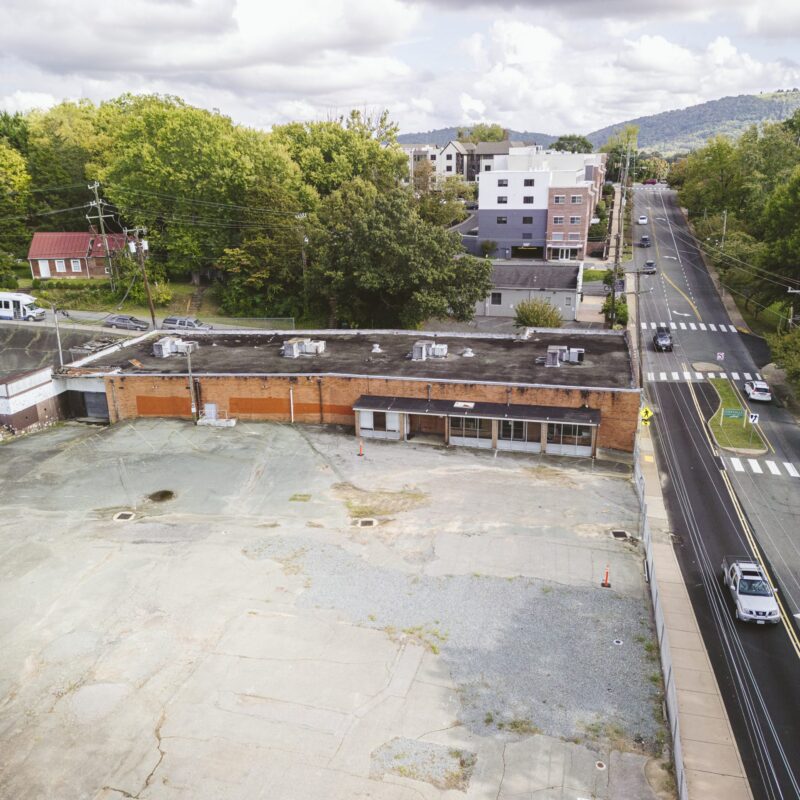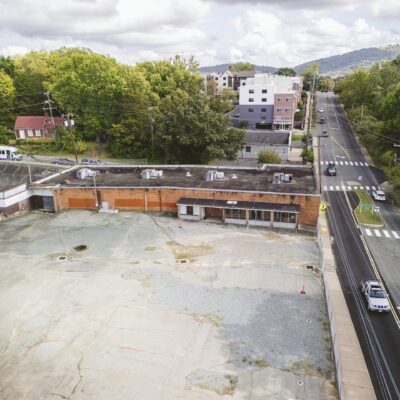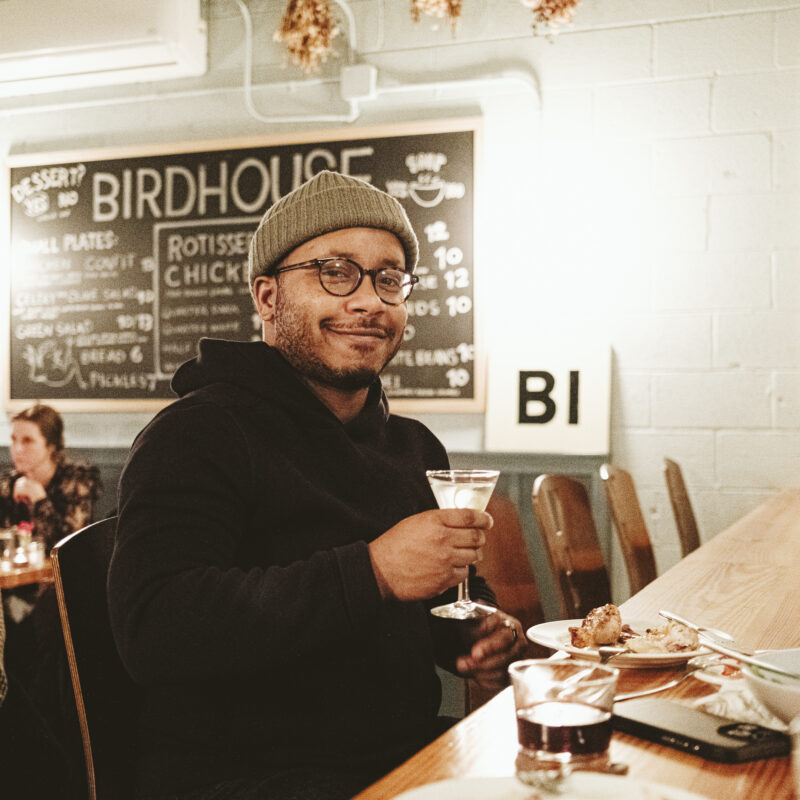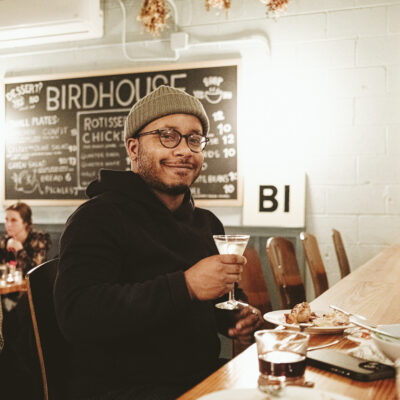The thousand words of Eugene Richards’ photographs are not gentle ones. Since the early ‘70s, Richards has worked in a documentary vein, bringing to light the lives of cocaine addicts, AIDS patients, emergency-room workers, mental patients in Mexico and a host of other suffering groups. One of three headlining artists at the first annual Festival of the Photograph coming to Charlottesville June 7-9, Richards’ show at McGuffey Art Center will represent each of his books with a large inkjet collage.

Turning the lens: Documentary-style photographer Eugene Richards gets up close and personal with us.
|
Though he’s won considerable renown—awards, publication of 13 books, photo credits in major magazines—doing this intimate, graphic work depends on relating to extremely vulnerable people. In a recent conversation, I asked him the obvious question—how he does it—and a few others.
C-VILLE: As a young photographer, how did you develop a way of being allowed into people’s private lives?
Eugene Richards: I never worked on a system. [When I was young] I was pretty afraid of people; to this day I have a hard time with introductions. That hesitancy was a plus.
People just don’t pay attention to me after a while; there’s a certain boring quality to me. [That’s my method]: to hang out until they forget I’m there, then start working. My problem is I have to paint my own case of what’s unethical. People get drunk in front of you; people forget I’m in the room and start making love. I walk away. You have to have a reason to show it.
You did a series in 2006 in The Nation—photos and writings called War Is Personal, in which you visited people affected by the war in Iraq. Is this an ongoing project?
I’ll continue next month. I’ll keep as apolitical as possible—go to someone’s house, and whatever happens is the story. [In 2006 I visited Tomas Young,] a paraplegic vet, and the day I was there was the day he overdosed on his meds. [After I had the photos] I called and said, “Take a look at this shit. You’re going to hate it; you look terrible.” He loved it. He says, “They’re doing all these stories about injured vets, where after a year or so they get new limbs strapped on and they’re out there windsurfing. But that almost never happens. None of us are ever going to be the same.” He’d wanted to be a writer, and now he can’t think straight because of all his meds. He said, “We’ll fill the VA hospitals for the next 30 years. That’s the truth, not the guys water skiing.”
What are the limitations of photography?
What influenced me was movies. I have a discomfort with photos that are final. Most of my photos feel caught in the middle [of a process]; that’s the influence of film. I can’t say I’ve ever made a photo that’s final—the final poor person, the final woman with breast cancer… Pictures are superficial or dangerous by themselves. You can’t know about war, breast cancer, poverty by pictures alone.
How has the role of your work changed as people have gotten more media-saturated, more numb to troubling imagery?
I don’t think the response to the work has changed at all. I would have thought it would. There’s always the response, “This is not the way I see the world.” And there are people who are shocked by things other people find complex… Things that other people find repulsive, I find beautiful.



